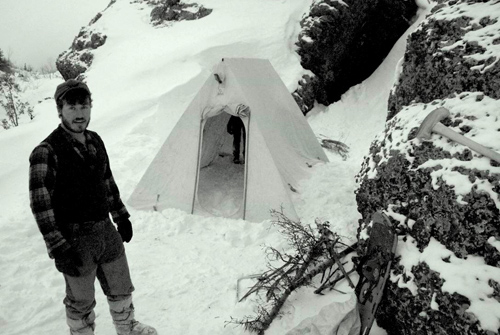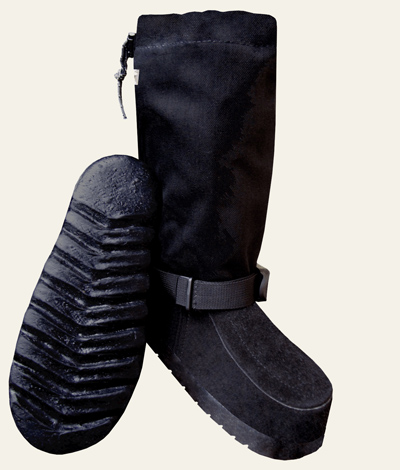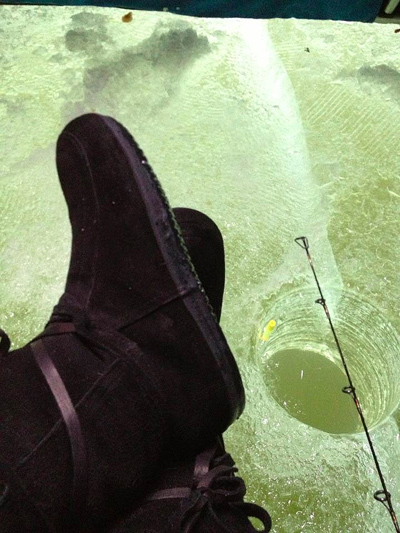Made by hand in the northerly village of Ely, Minnesota, and modeled after footwear invented long ago by Arctic tribes, Steger Designs’ mukluks are among the most unique of winter boots.

Editor’s Note: This article was originally published in 2013, and is updated for 2017. After three seasons of use, the Steger mukluks show little sign of wear. Our tester has hiked, snowshoed, and used the boots dozens of times since this review first was published.
They remain a go-to winter boot for their warmth, comfort, and (for daily wear) the simple on-off design that a mukluk provides.
Seal skin and reindeer hide were materials of choice with the original mukluks. Fur lined the inside of the boots, the natural insulation serving as a fuzzy defense against toe-freezing temps.
Today, mukluks retain much of the old aesthetic, though nylon, boiled wool, and leather are more common ingredients. Rubber soles and plastic buckles finish off the modern look.
Yukon Jack Mukluk: Tested
This winter, I tested Steger Designs’ Yukon Jack mukluk model. At $190, they are among the least expensive pair sold by the boutique manufacturing shop.

Feel The Heat With Steger!











